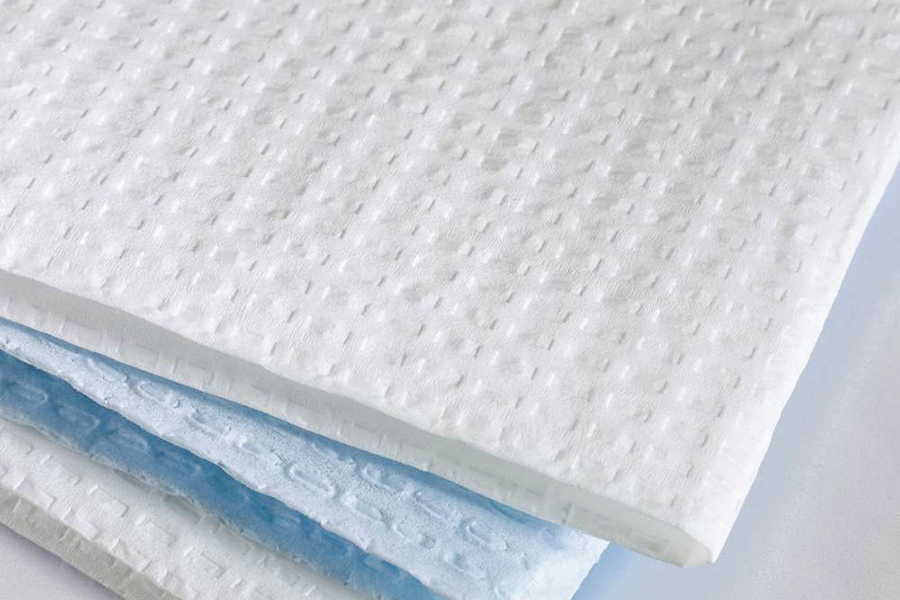The tear and abrasion resistance of
hot air nonwoven fabric can be influenced by various factors, including the specific manufacturing process, the type of fibers used, and any additional treatments or enhancements applied during production. Generally, hot air nonwoven fabric is known for its strength and durability, making it suitable for applications where tear and abrasion resistance are important considerations.
Here are some factors that contribute to the tear and abrasion resistance of hot air nonwoven fabric:
Fiber Type and Composition:
The choice of fibers, such as polyester, polypropylene, or a blend of different fibers, can impact the tear and abrasion resistance. Certain fibers are inherently more resistant to tearing and abrasion.
Fiber Structure:
The crimped or curled nature of fibers in hot air nonwoven fabric can contribute to improved tear resistance. This three-dimensional structure enhances the fabric's overall strength.
Density and Thickness:
The density of the nonwoven fabric and its thickness can influence its tear and abrasion resistance. Higher density and thickness often contribute to greater strength.
Bonding Strength:
The effectiveness of the hot air bonding process is crucial. Adequate bonding between fibers ensures that the fabric maintains its integrity, resisting tears and abrasion.
Post-Treatment:
Some hot air nonwoven fabrics may undergo additional treatments or coatings to enhance their performance characteristics. These treatments can include coatings that improve resistance to abrasion and tearing.
Application-Specific Engineering:
Manufacturers can engineer hot air nonwoven fabric to meet specific performance requirements for different applications. For example, fabrics used in industrial applications might be engineered for higher tear and abrasion resistance.
